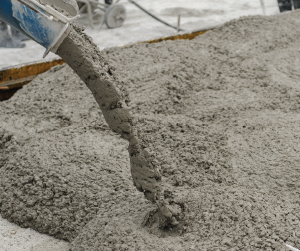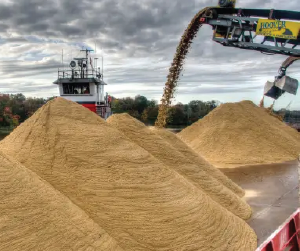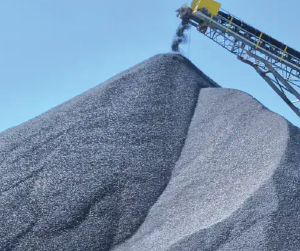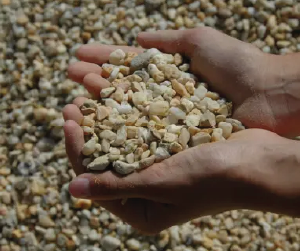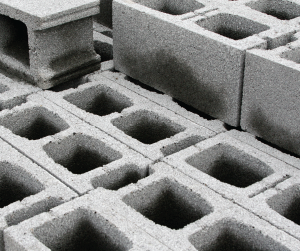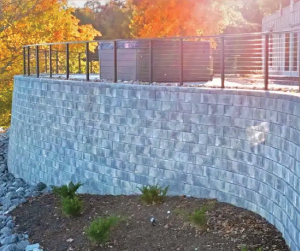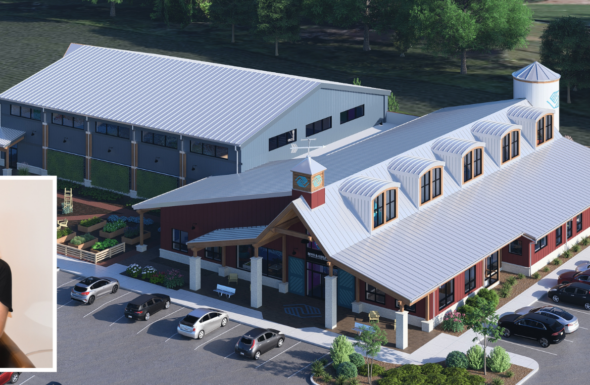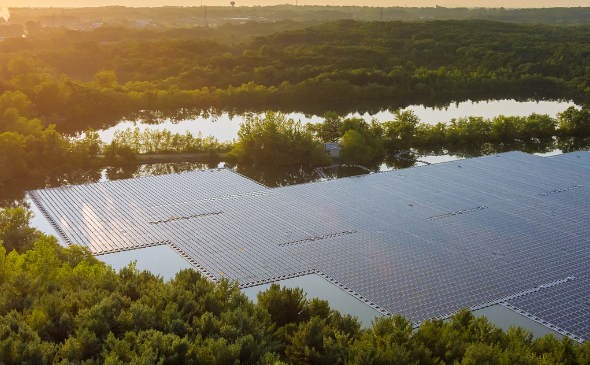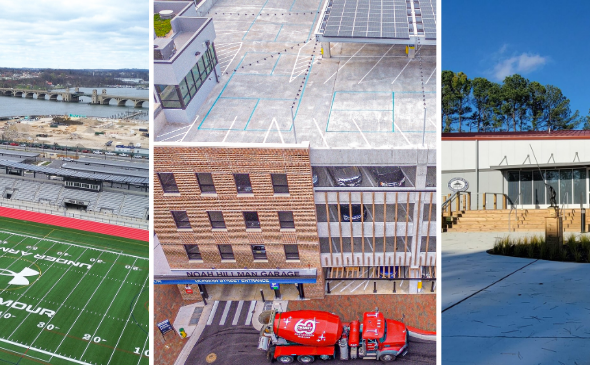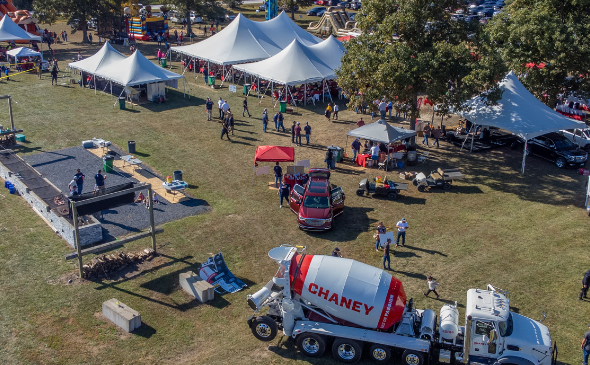Ready-mix Concrete, Sand, Stone and Gravel throughout the Mid-Atlantic region
Our Products
We deliver top-quality construction materials, backed by decades of industry leadership and rock-solid passion.
Locations
With locations across the Mid-Atlantic and Southeastern regions, Chaney Enterprises is equipped to serve your construction materials needs.

For over 60 YEARS, Chaney has prided itself on delivering exceptional products and services, while staying committed to our people, our communities and our environment.

REQUEST A QUOTE
Get a personalized quote tailored to your project needs. Request a quote today and let us help you build with passion.
Looking for a contractor you can trust? Get our recommendations >

It’s always nice seeing Chaney pull up on the job site because I know the concrete will be right and we’ll have a smooth pour.
